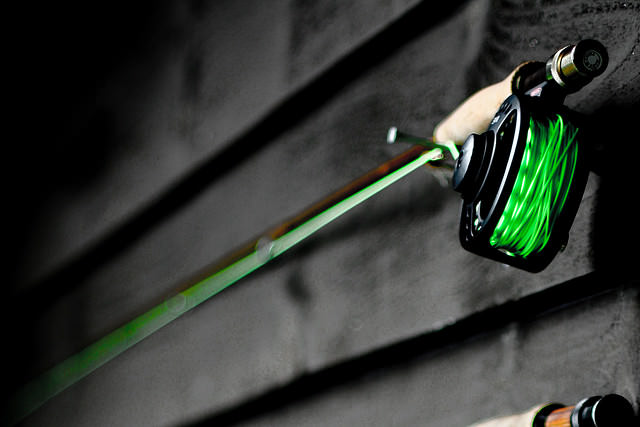Fly lines can be overwhelming, especially when faced with a variety of options at your local fly shop. From weight forward to double taper, sink-tip, and more, it’s hard to know which fly line is right for you as you embark on your fly fishing journey. Let’s break it down.
The Importance of Fly Lines
The fly line is crucial in fly fishing, serving as the link between your rod and the fly. Unlike traditional casting where the lure provides the weight, in fly fishing, it’s the fly line that carries the lightweight fly. Different types of fly lines offer specific characteristics to aid casting and fishing in various situations, primarily determined by their taper and weight distribution.
Fly Line Length
Commercial fly lines typically range from 80 to 90 feet in length, covering most fishing scenarios. Despite this, most fishing occurs within 30 to 40 feet. While longer casts are possible, mastering shorter distances initially is more beneficial.

Fly Line Tapers
Fly lines come with different tapers to facilitate casting and fishing. Weight forward is the most common taper, featuring a thicker portion at the end to carry the weight of the line. Double taper lines offer a more subtle presentation, making them ideal for targeting skittish fish.
Types of Fly Lines
“There are three main types of fly lines: Floating, Sinking, and Sink-Tip. Floating lines are versatile, suitable for various fishing styles. Sinking lines sink at different rates, allowing anglers to target fish at specific depths. Sink-tip lines combine the benefits of both floating and sinking lines, making them ideal for streamer fishing.
Understanding fly lines is essential for choosing the right one for your needs. Manufacturers like Scientific Anglers and Rio offer quality options to suit different preferences. With this knowledge, you can confidently select the best fly line for your fishing adventures.
Image/Source: FlyFishingBasics





